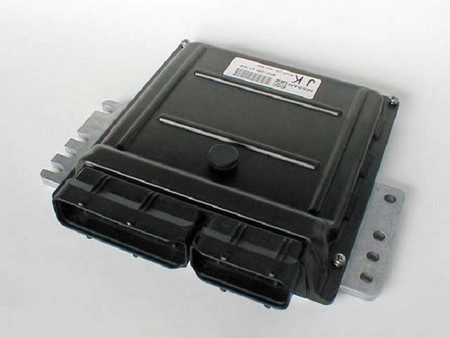Aftermarket ECU Guide
Before taking a look at the aftermarket ECUs, first it has to be known what it is and what it does. The ECU is also known as electronic or engine control unit which controls many parts of the engine. It gets readings like the engine load, amount of oxygen in the exhaust, intake air temperature, rpm and mass and other factors for calculating the most favorable duration and time of the spark.
The settings are tweaked by the manufacturers rather conventionally so the car will run reliably in unfavorable conditions. These unfavorable conditions differ from poor quality fuel to general neglect and missed service intervals. Its nothing worth that two same engines are hardly ever exactly that.
Massive differences have been seen in the power output and curve from what is the basically same block which highlights the difficult work of a manufacturer who wants one setting for every ECU.

This is the reason which makes a sold argument for enhancing and tightening the timing. When additional tuning parts and other modifications are added into the mix then ECU upgrading it becomes important.
Some latest ECUs have a level of self learning and will trim the timing and fueling based on readings taken over a sound distance. This is better as compared to a set of fixed parameters but there is still room for improvement especially if other modifications have been done.
It is unfortunate that some engines are too old to have the ECU reprogrammed. Even in some engines, the ECUs are locked or protected and altering is not possible.
The solution to this is installing an aftermarket ECU. This will effectively replace the standard ECU of the cars allowing the user to program a custom timing and fuel map. There are more advantages on turbocharged engines when which is attached with an electronically controlled boost controller.
An aftermarket ECU should not be confused with a piggy back ECU or plug in box. Complete engine management system is being discussed here which is ideal for adding to older engines converted to fuel injection and also used in upgrading cars with ECUs that cannot be remapped. They were cars mostly made before 2001.
There are many benefits. A standard NASP engine will see power increases as much as another 10% and if other modifications have been added, full potential of these can be unleashed. The gains on turbocharged engines are even higher at around extra 30% power and combined even more with other mods.
Many types of aftermarket ECUs are available, the basic one controls timing and fueling on 4 cylinder engines and more sophisticated ones offer management of V8 and quick processing with a fine degree of control. There is a real issue for getting the best which one can afford, a rolling road is should be used for properly setting these up. This will allow in seeing what is happening in the engine at any given time and permits easy diagnosis of rich or lean running besides other possible problems.
If the ECU settings are wrong then the engine will be easily destroyed. An over fueling, ill-timed spark and other issues can factually tear apart an engine.
Immobilizer and various settings of windows, air conditioning and also some auto gearboxes in some cars are also controlled by the ECU. This is the reason than in some cases these have to be bypassed or a way has to be found for keeping the standard ECU happy while the aftermarket ECU gets on with the real work of engine management.




